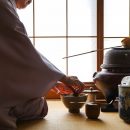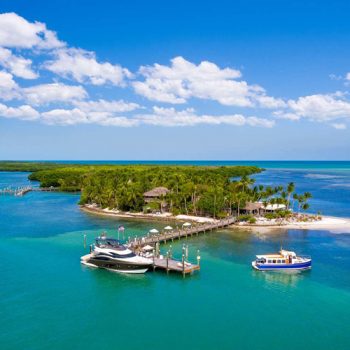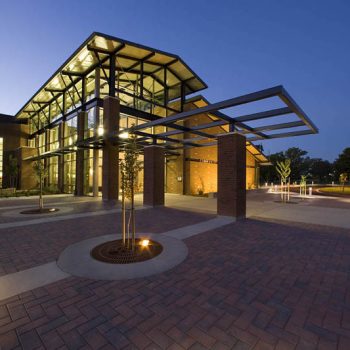The Famous Residents of Kensington & Chelsea
The Royal Borough of Kensington and Chelsea is home to a number of attractions and shops, these include the upmarket shops of Knightsbridge, The Victoria & Albert Museum and the Natural History museum and Harrods. The area, however, has also been home to a number of famous and historical figures. In most cases their homes are adorned with a blue plaque. The blue plaque scheme was founded by William Ewart, Henry Cole and the Royal Society of Arts in 1866, since then the scheme has been taken over by English Heritage and there are over 800 plaques in London alone. If you are looking for something a bit different to the usual London attractions you could always take a tour of some of Londons famous properties. The borough of Kensington and Chelsea, and its districts of Knightsbridge, South Kensington, Chelsea and Belgravia, has been the home of many well-known figures.
Robert Baden-Powell lived at number 9 Hyde Park Gate in the borough of Kensington and Chelsea. He is probably most famous for being founder and Chief Scout of the Scout Movement. He was also a Lieutenant General in the British Army and was well-known for his defence during the Siege of Mafeking in South Africa. The Scout Movement began after Baden-Powells military training novel, Aids to Scouting, became a best-seller in 1903 and was used by youth organisations. Today there are over 41 million members of the Scout and Guide Movement.
Isambard Kingdom Brunel, arguably Britains most famous civil engineer, was also a resident of the borough. He lived with his father, Sir Marc Isambard Brunel, at number 98 Cheyne Walk until he was approximately twenty years old. Brunel is best known for his engineering, his bridges and his railways. His wide array of notable achievements includes the Clifton Suspension Bridge in Bristol, the Great Western Railway, the Thames Tunnel and the SS Great Britain.
Howard Carter, the famous Egyptologist, lived in 19 Collingham Gardens. He is best known for his discovery of Tutankhamuns tomb in 1922. The discovery of the tomb also led to a great deal of speculation about the Curse of the Pharaohs a belief that any person who disturbs the mummy of a Pharaoh is placed under a curse especially after Lord Carnarvon, the financial backer of the operation, died within a few weeks. However, Carters natural death over fifteen years later is often used to refute the idea of a curse.
For fans of literature, the Royal Borough of Kensington and Chelsea, is full of properties where authors and poets once resided. Oscar Wilde, the dramatist and renowned wit, lived at 34 Tite Street. Aside from his scathing wit, flamboyant style of dress and controversial trial, he is well-known for his works The Importance of Being Earnest and The Picture of Dorian Gray. Agatha Christie, the Queen of Crime, lived at 58 Sheffield Terrace and is remembered for her numerous detective novels and short stories. Bram Stoker, Kenneth Grahame, A.A. Milne and T.S. Eliot can also be counted amongst the literary denizens of Kensington and Chelsea.
Sir Alfred Hitchcock spent over ten years of his life living at 153 Cromwell Road from 1926 to 1939. He is particularly esteemed for his work in the suspense, psychological and thriller genres of motion pictures. His films are still hugely popular today and include Psycho, The Birds, Rear Window, Strangers on a Train and The 39 Steps. In 1939, Hitchcock moved to Hollywood and became an American citizen while remaining a British subject. He was nominated six times for a Best Director Academy Award but never won; despite this he did receive two Golden Globes, eight Laurel Awards and five lifetime achievement awards.
Sir Alexander Fleming is another notable resident of the borough of Kensington and Chelsea, living at 20a Danvers Street. Fleming, a biologist and pharmacologist, is known for his discovery of penicillin a discovery that was described as one that would change the course of history. As a result of this discovery Fleming shared the 1945 Nobel Prize in Physiology or Medicine with Howard Florey and Ernst Boris Chain. The discovery was somewhat accidental. Fleming had left his staphylococci cultures stacked on a bench while he was on holiday with his family. When he returned one of the cultures was contaminated with a fungus and had destroyed all the cultures nearby. Fleming spent some months studying the substance; he called it mould juice for a while before naming it Penicillin in March 1929.
There is also an artistic side to Kensington and Chelsea, the borough was home to a number of artists. The presence of the Pre-Raphaelite Brotherhood is strong in this area. Both Dante Gabriel Rossetti and Edward Burne-Jones resided there, at 16 Cheyne Walk and 41 Kensington Square respectively. Rossetti was one of the founding members of the Pre-Raphaelite Brotherhood, along with William Holman Hunt and John Everett Millais. Burne-Jones was a later member of the Brotherhood and worked with William Morris on a range of decorative arts. His early paintings are heavily inspired by Rossettis work, but he later found his own artistic style.










